"Organization of Ideas That Changed Your Life": "Embrace" your thoughts!

Do you often feel that you have all kinds of goals you want to accomplish, all kinds of problems you want to solve, but you always think you can’t get things done? Perhaps, you can learn to try to "organize" your thoughts! In the book "Organization of Ideas that Changes Your Life" introduced today, the author, Fook Zhuhuan, has a cool job title: Idea Arrangement Consultant. And he used this idea of organizing techniques to help countless people realize their desires.
This article will first talk about why we need to organize ideas; then introduce 3 types of organizing ideas: tree, matrix, and image ; finally, I will share two useful organization tools: mind map, mandala, in addition to explaining How to operate, I will also talk about how I use them in my life.
【Why organize your thoughts】
Why organize ideas? Shouldn't the heart act immediately?
If it's just a simple idea like going to the toilet or turning on a laptop, then it's okay to act directly. But many times our thoughts are tangled like yarn, and they must be organized systematically before they can generate effective action.
Like the book "N-Jober Zhao Ougi", although she designed her YouTuber channel structure through the author's step-by-step guidance, these ideas are actually in her mind, it's just hard to read because she doesn't know how to organize Clear answer.

In addition, organizing ideas can also allow us to generate new insights. The book mentions the concept of the "Pyramid of Knowledge". The pyramid is divided into 4 layers:
- data
Simple numeric value before processing. - News
Meaningful secondary data after analysis. - Knowledge
Useful information. - wisdom
Systematic knowledge for problem solving.
That is to say, sorting out ideas can not only sort out the content that originally existed in the brain, but also have the opportunity to refine new concepts and burst out greater energy.

Simply put, no matter what "goals" you want to accomplish or "problems" you want to solve in your mind, you can successfully touch down by organizing your thoughts:
- Messy thoughts → specific plans → goal completion
- Difficult problems → multiple ideas → solutions
So how do we sort it out? Let's move on.
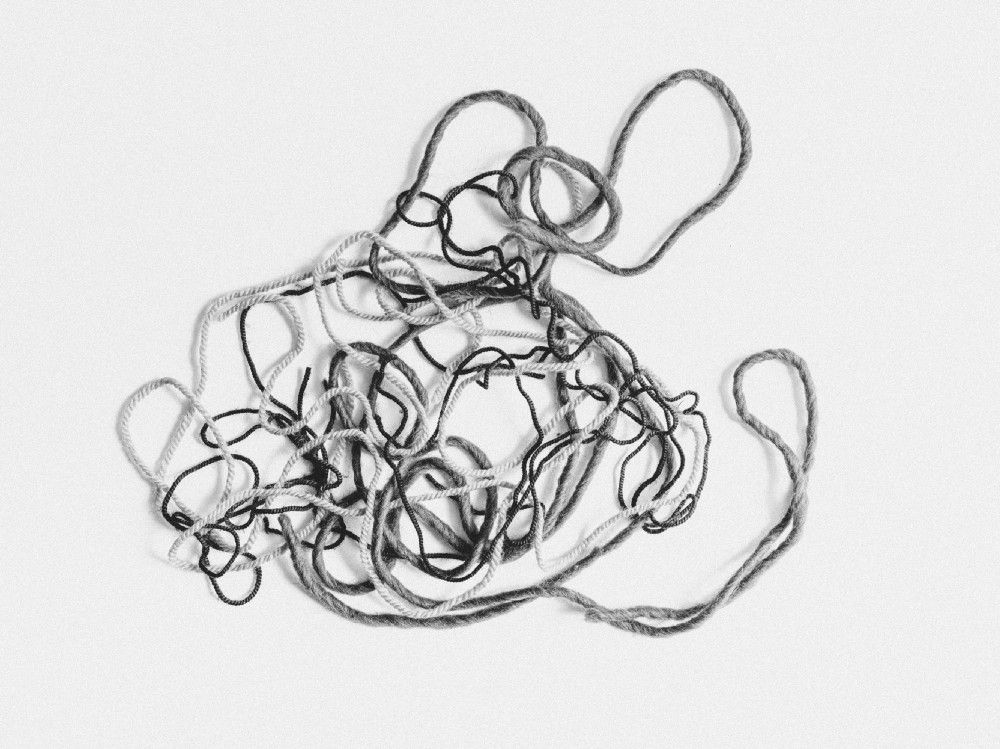
【3 types of organizing ideas】
The author divides the finishing tools into 3 types, tree type, matrix type and image type:
[1. Tree type]
A tree shape refers to a tool that extends downward like a branch. Representative types include mind maps, logic trees, and pyramid structures. Great for crystallizing and subdividing ideas.
[2. Matrix type]
The matrix type, as the name suggests, is a tool composed of boxes. Such as mandala method, SWOT matrix , priority matrix are all of this type. Suitable for comparing and contrasting ideas.
[3. Image type]
Graphical mode refers to the mode in which drawings are combined with text. No specific form, quite flexible. The " Unforgettable Text-to-Map Deepening Memory Method " introduced earlier is to organize information in an image-based way.
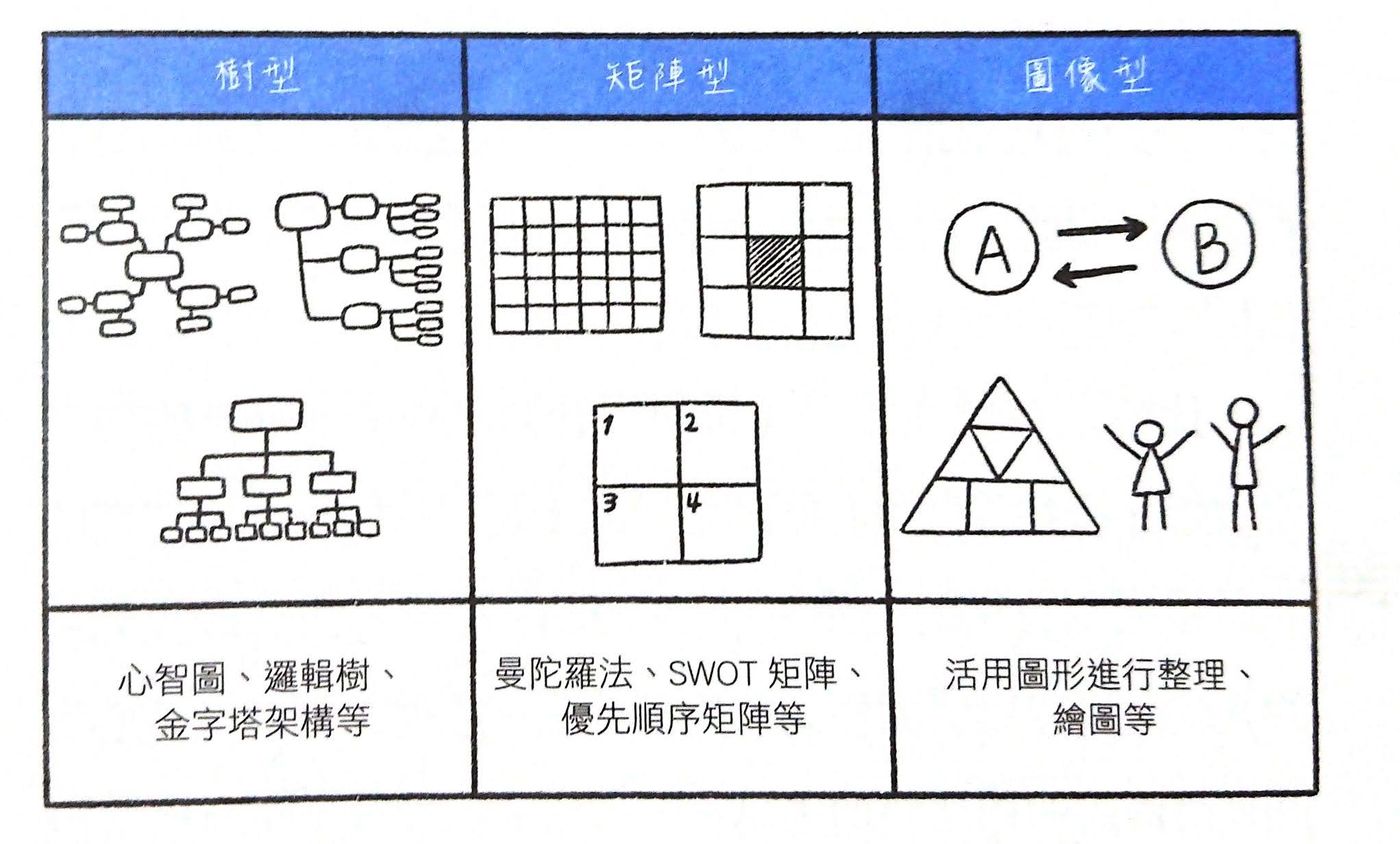
These tools are explained in detail and provide excellent examples in the book. Below, I would like to pick 2 tools that I also commonly use to introduce them.
【2 useful tools】
[1. Mind map]
Everyone should have heard of the mind map tool. In addition to hand drawing, there are now a very large number of digital tools available. Remember the above example of "N-Jober Zhao Ouji" building a YouTuber channel structure? The tool the author uses is the mind map.
Come see how he does it! The mind map is mainly divided into three layers. First in the middle is the central theme around which all ideas are developed. In this example, the central theme is of course the channel "N-Jober Zhao Ouyu".
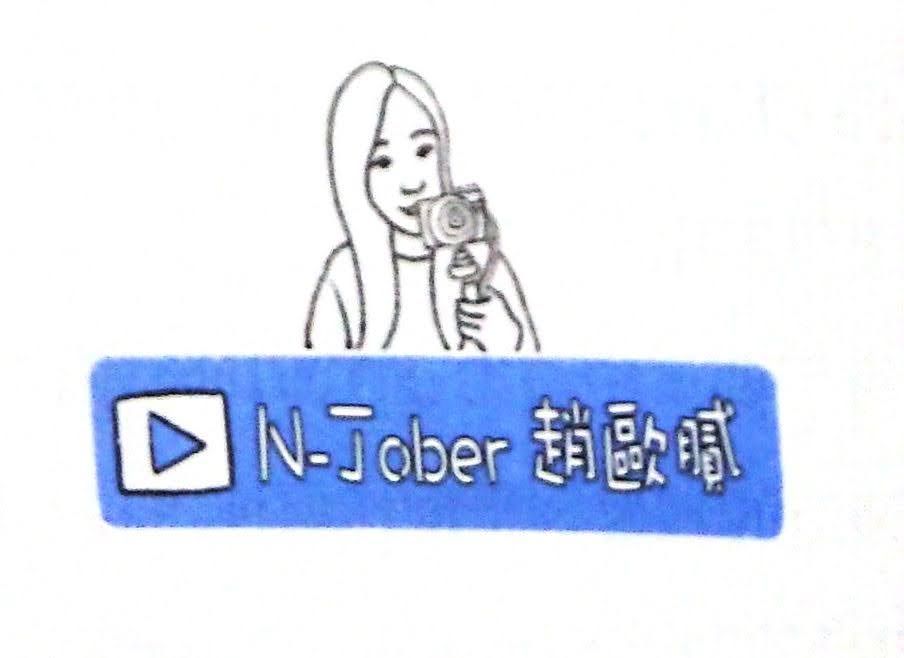
Next, establish the main theme under the central theme . The main theme is very important because it determines the categories in which we organize our ideas. For example, the theme of N-Jober Zhao Ougi can be further divided into three items: "content planning", "business planning" and "allocation list".
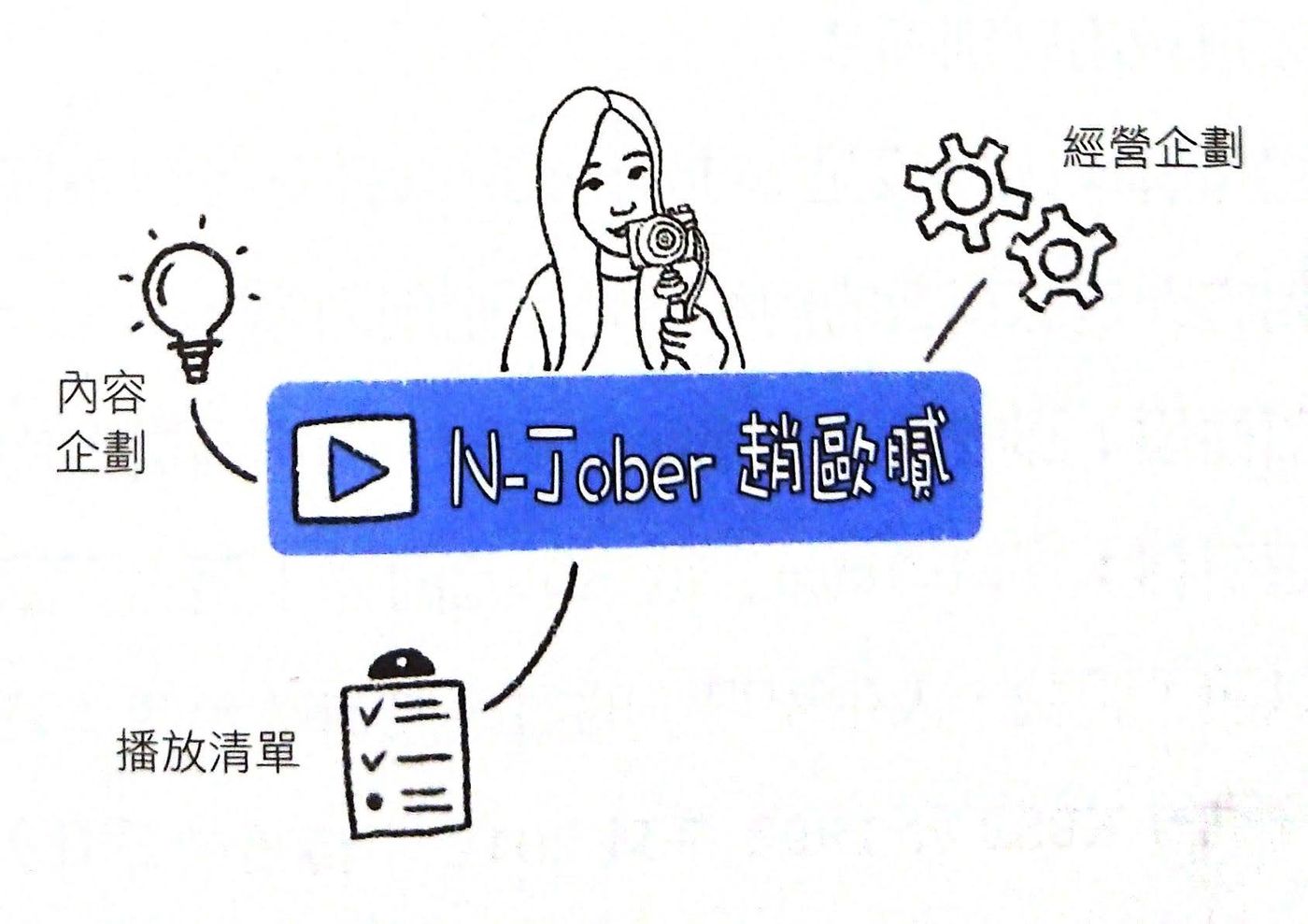
The third layer is the subordinate theme. This is the part where many people get stuck. The author suggests that various ideas or ideas can be embodied by associations, classifications, and questions. There is a deeper discussion in the book on how to associate and ask questions. It is recommended to read this part in detail.
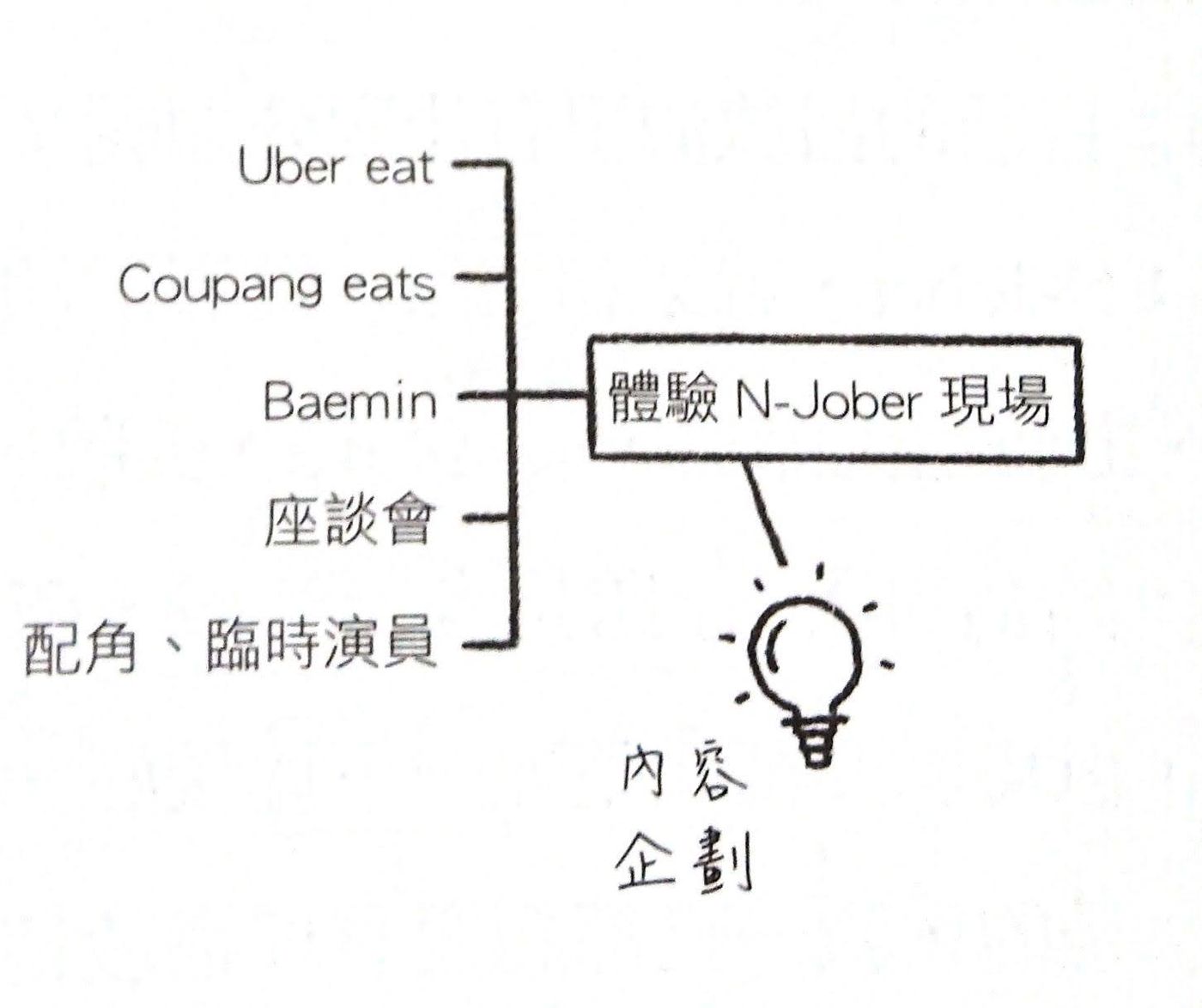
Of course you can draw more layers below. The advantage of the mind map is that it can develop freely and liberate ideas; at the same time, it can clearly present the organized ideas at a glance.
When I write my reading experience, I use the tool of mind map to help myself think and compile the content. Here is a mind map of this book for reference. By the way, I use Coggle , a neat little tool.
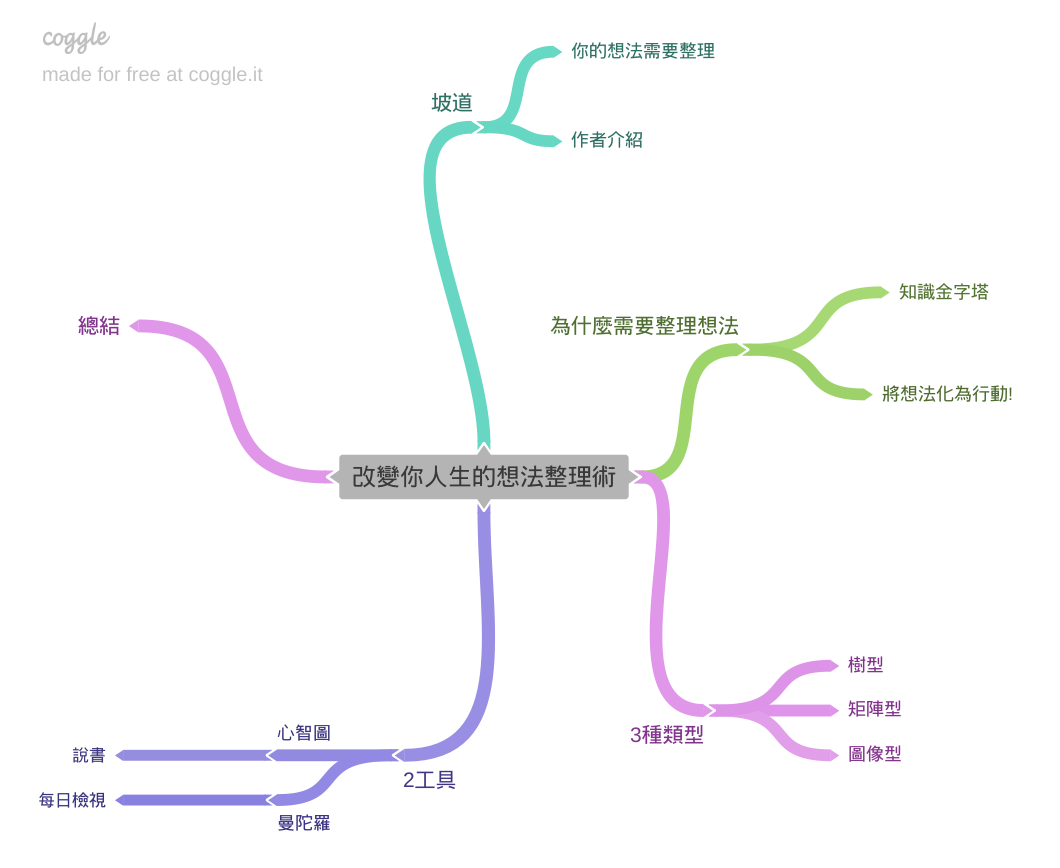
[2. Mandala]
The mandala method is quite suitable for planning goals. Shohei Otani used this method to achieve his goal of becoming a first-class baseball player.
Its operation is also very simple. First draw a nine-square grid, and write the central theme in the center, and then write the main theme in the outer 8 boxes. If there are lower-level ideas that you want to organize for the main theme, you can extend the nine-square grid.
At first glance, it looks a bit like a mind map, but the elasticity seems to be relatively poor. But this design actually has its advantages. First of all, because of the desire of human beings to fill in the blanks as soon as they see them, the 8 outer boxes are like trigger points, helping us to think quickly. In addition, because there are only 8 boxes, it can force you to collect ideas evenly, and it is less likely to diverge.
Give an example of the author's use of mandolin to describe life. He divides life into 8 areas, which are:
- healthy
- finance
- family, social relations
- live
- Profession
- study
- social engagement
- leisure
The completed mandala is as follows:

Through this kind of planning, each important area of life can be developed evenly. I myself use the mandala to organize my life-related thoughts. But it is mainly used as a diary to record the growth of each field. The classification is a bit different from the author, you can refer to:
- Healthy body
- Financial Management
- interpersonal relationship
- social connection
- work done
- study notes
- social engagement
- inner concern
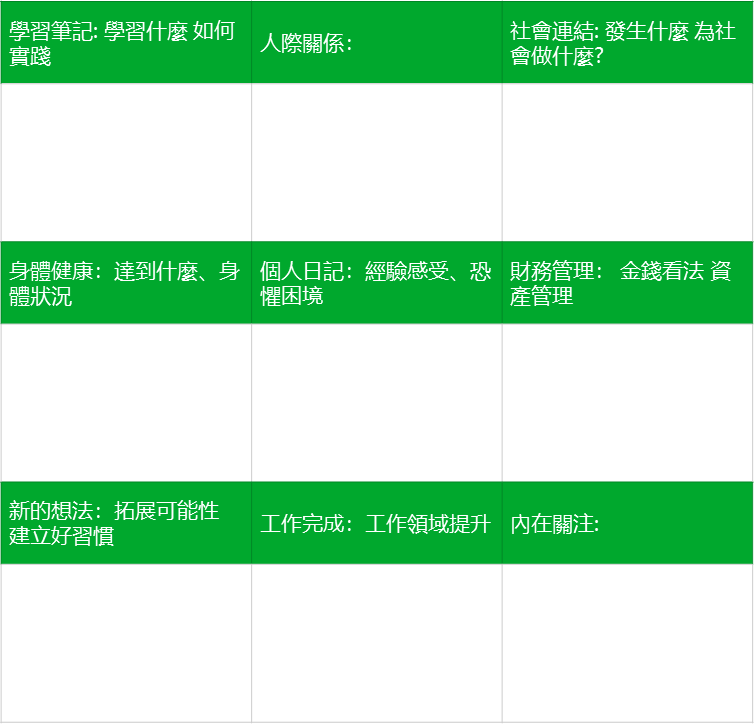
【Summarize】
The content of this book is quite rich, and it feels like a large collection of management methods. If you're not that familiar with these tools in the past, I think it's a pretty good primer. Once you have a simple understanding and move on to advanced reading materials, I believe it will be smoother.
Another great thing is that the book provides a large number of cases by the author himself or handled by the author, covering time management, financial planning, weight loss or entrepreneurship, which can be said to be quite comprehensive and very engaging. At the end of the book, there is a blank board that provides these tools for readers to use, which is very intimate.
In conclusion, the point of idea organization is to free the mixed ideas from the brain, materialize them with various tools, and then turn them into effective actions. It is highly recommended that you try to sort out the thoughts in your mind with these tools. I believe that as long as the ideas are sorted out, the next road will be clearer!
Articles you may also be interested in:
- " 30 Problems of Time Management ": The task is always uncertain? You need a more "human" approach!
- "The 3 Most Important Things in the Morning": Develop these three good habits, and let you manage your time in 30 days!
- "Get it": Always running out of time? Can't get things done? You need GTD system, 5 steps to get things done in life!
- "To-Do List Used by First-Class Workers": 10 Principles to Take You Out of the To-Do List!
- "GOALS! You can't get anywhere without a goal! 》: 12 steps to take you to the real achievement

↓↓You are also welcome to follow the Facebook and mourning of "Mrs's Reading Space"↓↓
James' reading space FB
James' reading space IG
Like my work? Don't forget to support and clap, let me know that you are with me on the road of creation. Keep this enthusiasm together!


- Author
- More